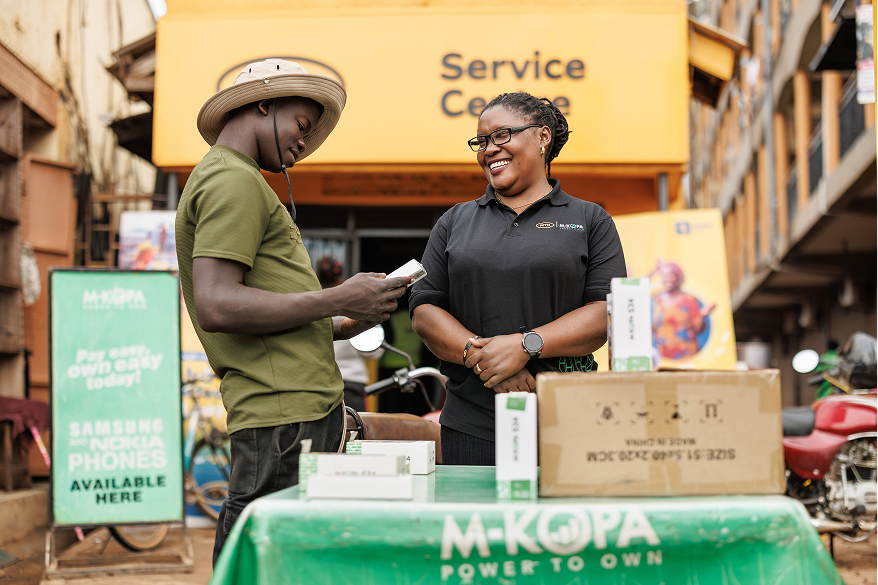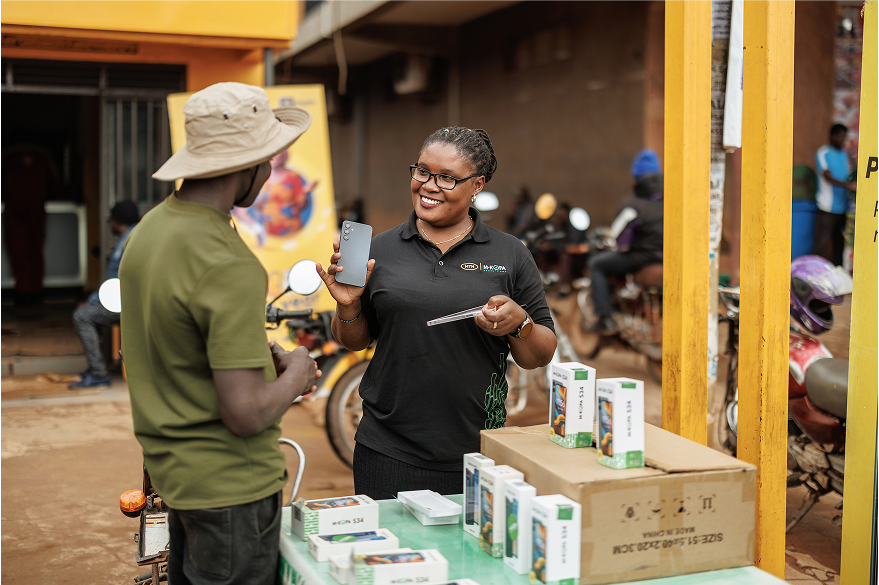Counterfeit chargers not only pose a significant risk to your devices but can also jeopardize your safety. In this article, we'll share some key indicators to help you determine if your charger is fake.
Packaging and Labeling
The first thing to look at is the packaging. One of the identifiers for original chargers is their packaging – they come in high-quality packaging with clear, crisp printing and error-free texts. Counterfeiters often make mistakes in these areas due to poor quality control.
Secondly, look at the branding on the box. Authentic chargers will have the manufacturer's logo printed accurately, with no signs of smudging or blurring. Colors should be consistent with the brand's official colors. For example, if a well-known brand uses a specific shade of blue in its logo, a counterfeit may use a slightly off-color tone.
Lastly, check the labeling on the charger itself. Output specifications, such as voltage and amperage, should be clearly stated. For example, if you're looking at a charger that claims to be a 5V2A AC/DC Power Adapter, the label must accurately show these values. Counterfeit chargers may mislabel the wattage, which can cause your devices to overcharge or undercharge.
Build quality
The build quality of a charger can tell you a lot about its authenticity. Authentic chargers are usually made from high-quality materials.
- The plastic casing should be sturdy and have a smooth finish. There should be no rough edges or visible seams where the parts are joined.
- The prongs should be made of a good quality metal, often brass or copper. They should be straight, with no signs of bending or corrosion.
- The cable should be a well-insulated cable with a strong connection to the charger body. It should not be easily frayed or damaged.
Counterfeit chargers may use cheaper metals for the prongs, which are more prone to rust and may not fit properly in the wall outlet. Also, they may use thinner insulation, which can expose the wires and increase the risk of electric shock.
Performance
Testing the charger's performance is crucial. Connect it to your device and see how it charges. An authentic charger will charge your device at a consistent rate. If you notice that the charging speed is significantly slower or faster than usual, this could be a sign of a fake charger.
Another red flag is overheating. While chargers can get warm during use, excessive heat is abnormal. Counterfeit chargers often lack the proper safety mechanisms to regulate temperature, which can lead to overheating and potentially damage your device or even cause a fire.
Check if the charger works with multiple devices. A legitimate charger should be able to charge different devices that support its output power. If it only works with a specific device or causes errors when connected to others, it may be a fake.
Price
Price can be a strong indicator. If a charger is sold at a price significantly lower than the market average for a well-known brand, it's likely a counterfeit. Manufacturers invest heavily in research, development, and quality control, so they can't sell their products at rock-bottom prices.
However, be wary of chargers that are too expensive. Some counterfeiters may try to charge a premium price, pretending to sell a high-end, limited-edition charger. Always do your research on the average price range for the charger you are interested in.
Supplier reputation
It's important to buy from a reputable supplier when purchasing a charger. Reputable suppliers will provide clear product information, have good customer reviews, and offer warranties. If you buy from an unknown or untrustworthy source, such as a street vendor or an online marketplace without vendor verification, you're more likely to get a counterfeit charger. Stick to authorized retailers or well-established online stores.
Comparison with a known authentic product
If you have access to a known original charger of the same brand, compare it with the one you suspect is counterfeit. Look at the physical appearance, including size, shape, and color. Check the labeling, build quality, and performance side by side. Any significant differences could indicate that the charger in question is a fake.
In conclusion, being able to identify a fake charger is essential for the safety of your devices and yourself. By paying attention to packaging, build quality, performance, price, supplier reputation, and comparison shopping, you can make a more informed decision when purchasing a charger.
















.svg)




